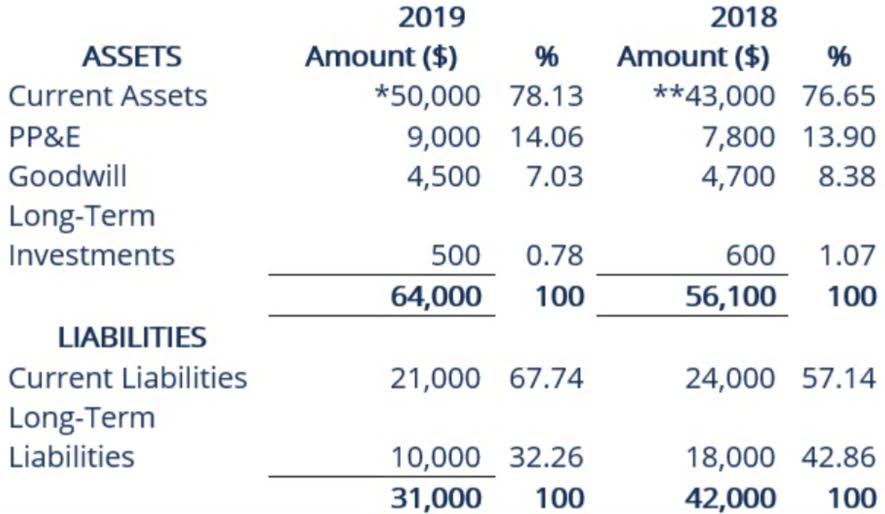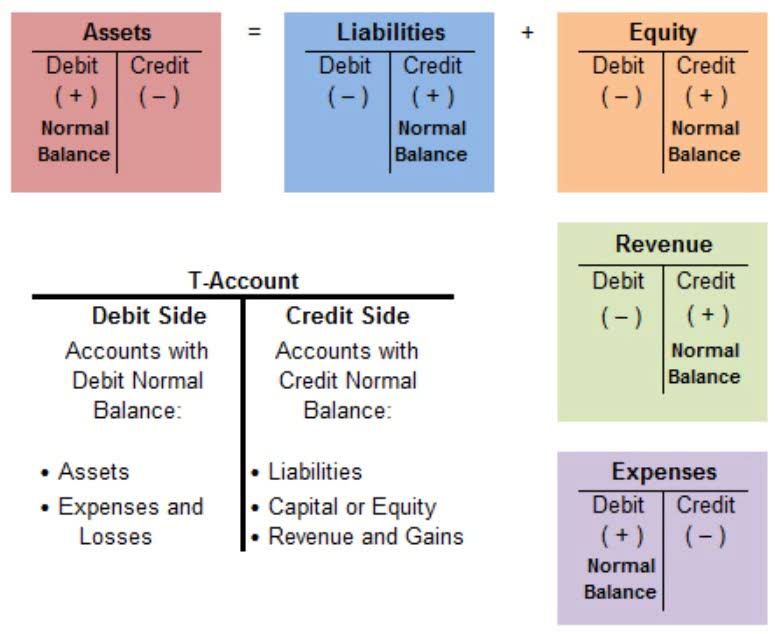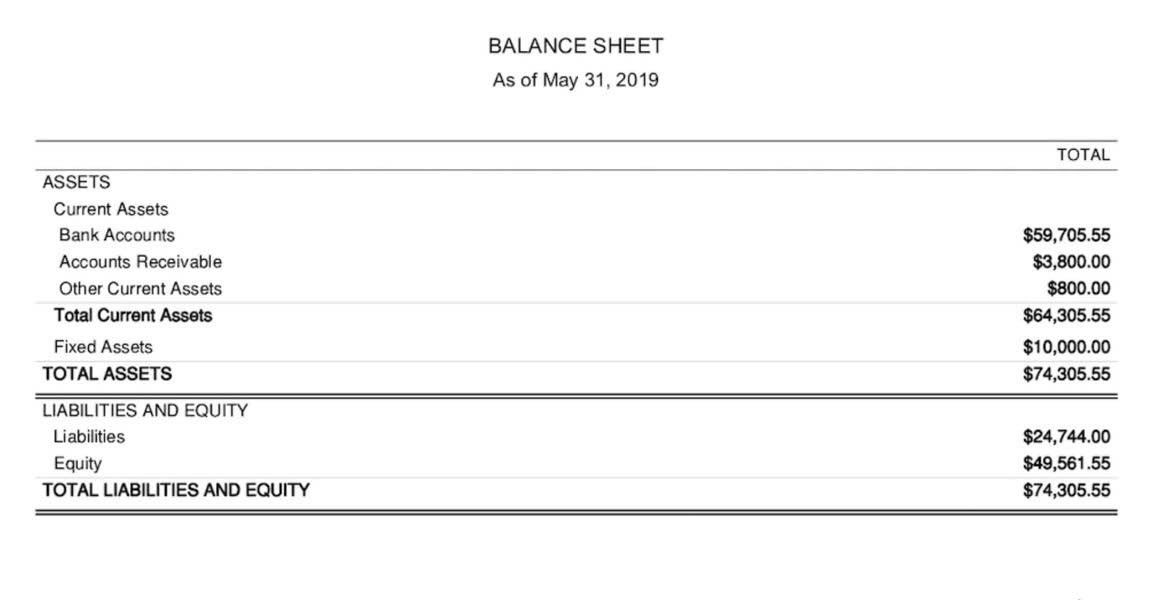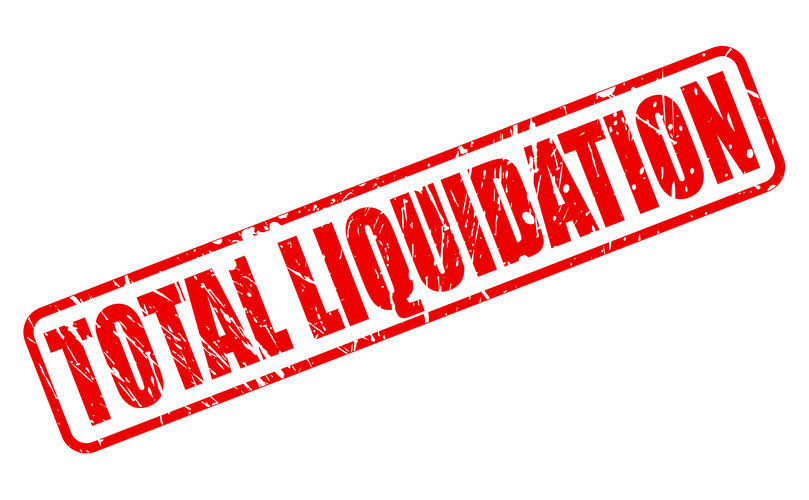
Also worth taking into account are the processing and approval steps that result in a completed transaction––in this case, a completed payment to a supplier. Matching invoices with purchase orders and receipts is a crucial part of an accounts payable (AP) process. However, doing it manually is time-consuming and leaves room for costly errors. Yes, PO matching helps prevent fraud by verifying that each invoice aligns with an approved purchase order and receipt. This layered verification minimizes the risk of unauthorized or duplicate payments.
- These solutions automate manual invoice entry by utilizing Optical Character Recognition technology for capturing and matching textual data to relevant fields.
- During matching, any differences between the invoice, PO, and Goods Receipt are identified as discrepancies.
- The invoice is accounted and paid for if all details match within the tolerance levels.
- Initial validation checks confirm basic requirements like tax numbers, purchase order references, and mathematical accuracy before routing invoices to matching workflows.
- The finance industry has witnessed a remarkable transformation in invoice-matching capabilities over the past decade.
- The difference between an efficient and poor AP team is often the PO matching workflow adopted.
What is 3-way PO matching?
- That’s why three-way matching is used by over 80% of the Fortune 500 companies in the US.
- If an inconsistency is found, then more time must be taken to investigate the issue.
- When choosing an invoice matching software, pay attention to how it can enhance compliance for your business.
- This automation means your team can focus on more strategic work, rather than getting bogged down in manual checks.
- In other words, you are borrowing capital to pay off your liabilities (vendor invoices).
- And when payments drag, it doesn’t just cause a few frowns; it creates financial risk and puts a strain on relationships with those you rely on to keep your business humming.
- Three-way invoice matching is a process of comparing an invoice against a purchase order and a goods receipt to ensure that the goods or services invoiced match those that were ordered and received.
The time required for implementation of Rillion One and invoice matching Rillion Prime may vary, depending on the features you choose and the ERP system you’re using. Do you know the difference between a deposit and a down-payment, and their effects in the event of withdrawal? Because of legal obligations, but also because of its advantages, electronic invoicing is becoming a must.
Invoice Matching Process – A Complete Guide To Optimization
These examples will provide practical insights, helping you see how this method ensures accuracy and efficiency in invoice processing. Invoice processing often faces issues like errors, duplicate payments, and Accounting for Marketing Agencies fraud and 3-way matching addresses these problems by verifying details between purchase orders, goods receipts, and invoices. Invoice matching remains a largely manual process because until recently, automated approaches have not been very reliable or accurate. Older automated approaches have problems understanding the wide variety of layouts and information in accounting documents like invoices and purchase orders. Artsyl InvoiceAction automatically match invoices to contracts and purchase orders.

Quantity and Price Matching
- Automate manual, time-consuming, tasks, be at one with compliance, and make better business decisions based on better insights with invoice processing software.
- Invoice matching can take three main forms, each offering a different level of control and accuracy in ensuring invoices align with relevant purchase documents.
- Many tools use Optical Character Recognition (OCR), which turns text from scanned images into readable data.
- Your new software should connect easily with your existing tools, like your accounting software or ERP system.
- Setting tolerances will help your organization identify invoices that are outside the normal; limits and immediately place them on hold for investigation.
OCR technology is a critical component of invoice matching, helping businesses to automate data entry, reduce the risk of errors, and streamline the accounts payable process. Both the purchase order processing and details can be simplified with a fully automated solution, using invoice matching software. Invoice matching reduces the chances of your business experiencing errors in the payment process. It helps you catch duplicate invoices or payments, preventing vendor overpayment and ensuring accurate financial records. This transparency improves your financial management and provides a clearer picture of the company’s expenses.


This helps build stronger, more reliable relationships with your vendors, making future transactions smoother. Invoice matching software helps you stay on track with tax laws and company policies. With automatic audit trails and detailed records, it becomes easier to maintain compliance and reduce the risk of QuickBooks fraud or fines.





